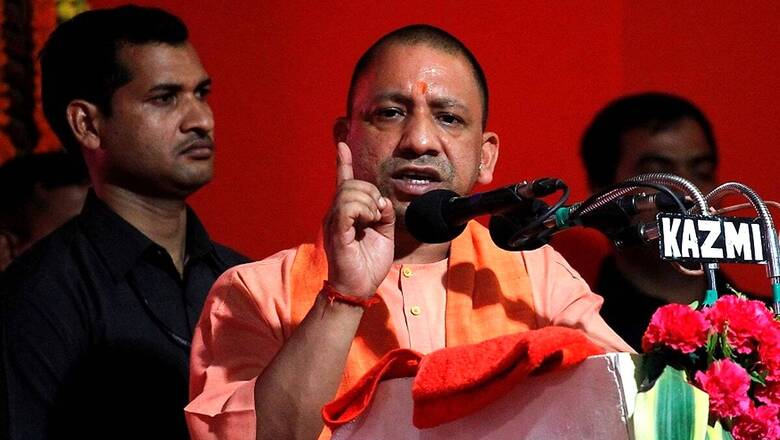
views
The assembly elections in Uttar Pradesh are still more than a year away but the political rumblings have already started. Opposition parties and their netas, who had gone silent after the BJP’s landslide victory in 2017, are slowly coming out of their slumber.
The Hindi heartland state, known for being the cradle of Bahujan experiment, has this time politicians vying to get Brahmins on their side. Why are Brahmins so important in UP's political landscape?
While the Brahmins overwhelmingly voted for the BJP in the 2017 assembly polls, the community soon started getting disenchanted with the ruling party. The complaints included being sidelined in power sharing and preferential treatment given to Thakurs. Gangster Vikas Dubey’s alleged encounter was just the latest in a series of grudges.
The opposition in the state was quick to read this brewing disillusionment and accordingly the game of luring the block has gained pace.
With over 12 per cent of the state’s over 20 crore population, the community forms a critical vote bank in the state that is politically divided on caste-based loyalties. The community not just has the numbers but it also has the “capacity to influence voters and voting behaviour in particular,” says social historian Professor Badri Narayan of Allahabad-based GB Pant Social Science Institute.
Along with the Jatavs and Yadavs, the community constitutes the largest caste-based grouping in the state, Prof. Narayan says. The community commands more influence in Eastern UP compared to the other parts of the state with districts like Kushinagar, Gorakhpur, Sant Kabir Nagar, Deoria, Bhadohi, Varanasi, Ambedkar Nagar, Sultanpur etc. being the community’s bastions.
Beside, their voting behaviour has been playing a role of decider in the state politics. According to the CSDS post-poll survey, 80 per cent of Brahmins voted for the BJP in 2017 assembly polls. Likewise in the 2014 and 2019 Lok sabha polls, 72 per cent and 82 per cent from the community voted for the winning party, the BJP.
On the contrary, in 2007 and 2012 assembly polls - when BSP and SP won respectively, just 40 per cent and 38 per cent of Brahmin votes in the state went to the saffron party, according to Sanjay Kumar of the CSDS.
So, why are Brahmins angry with BJP now and is this resentment is against the party or the current state leadership? Both the party and the current state dispensation have ignored the Brahmins, says Manoj Tripathi, a senior independent journalist from Kanpur.
Venting his disappointment, Tripathi says, “Brahmins have been politically, socially and economically sidelined in the state affairs”. He cited an example to put forward his point. “While malls are allowed to open, many temples in the state remain closed since the lockdown was eased, hurting many Brahmin families as their income has come to naught.”
Tripathi adds, “The community didn’t get adequate share and representation in the power the way they voted for the party”. Brahmins lack organised strong leadership in the state, he rued. But when pointed out that deputy CM Dinesh Sharma is a Brahmin, he replied: “He is a Brahm Bhatt Brahmin in a state dominated by Kanyakubja and Saryupareen Brahmins.”
So why did the BJP ignore the Brahmin community leaders for the state CM chair and instead opted for Yogi Adityanath, a Thakur? It’s a fact that 2017 state assembly polls wasn’t even fought under Yogi Adityanath’s leadership. “It was a huge Modi wave,” said Padma Narayan Jha ‘Viranchi’, an old UP hand and advisor to the former UP chief minister HN Bahuguna.
The 2017 sweeping mandate for the BJP, Jha said, “was clearly in favour of aggressive Hindutva”. “In other states where BJP won, there was a cocktail of issues, including Hindutva, but behind the UP verdict, religion was a dominating factor.”
He further said, “The BJP under Modi-Shah and the RSS under Mohan Bhagwat leadership read the mandate well and chose Adityanath as the CM. The reason was obvious as his image was in sync with the mandate”. Jha added, “Yogi’s ‘Math’ background could also have been positive for projecting his image among UP Brahmins who otherwise nurture a competitive relationship with Thakurs”.
Will the Brahmins reciprocate the oppositions’ reach out to the community? In the last few days, the Samajwadi Party and Mayawati’s Bahujan Samajwadi Party have announced to construct idol of Lord Parshuram, considered a symbol and pride of the Brahmins, if voted to power in 2022. The Congress on the other hand has launched Brahmin Chetna Samvad in the state.
“Promises by both the SP and BSP are hollow,” said Tripathi. “Weren’t these parties in power between 2007 and 2017?” he questioned. “Brahmins are being lured but no party is keen to give them leadership position in the state fearing it will mark the end of backward politics,” he said.
So, would the Brahmins in the state explore other political option than the BJP?
“Not exactly”, feels Professor Narayan. “Brahmins leaning towards the BJP did not happen overnight in the state and it will not wean away so easily”.
In fact, Uttar Pradesh has given the tallest of Brahmin leaders to the BJP including Atal Bihari Vajpayee, Murli Manohar Joshi, Keshari Nath Tripathi, Kalraj Mishra, among others. “Vajpayee’s gentle politics and his liberal image had massive influence on state’s Brahmins,” said Professor Narayan. He added that former PM’s leadership was a big factor in bringing Brahmin’s into saffron party’s fold.
What if the Brahmins move away from the BJP? “Though a section of Brahmins will not easily desert the BJP but the BSP and Congress will gain more than the SP and BJP in case the community votes get fragmented,” predicts Narayan. The community will also weigh which caste alliance has winnability and gives more tickets to them, he says.
Manoj Tripathi agreed with this assessment but added that the community would vote for the Brahmin candidates irrespective of the party. However, Narayan cautioned, “state polls are still over a year away and it would be a hurry to make assumptions based on the current situation”.
The BJP’s central leadership and the RSS are possibly in the know of the situation and would do everything they could to placate the community, including by giving more share in power and better representation, he said.











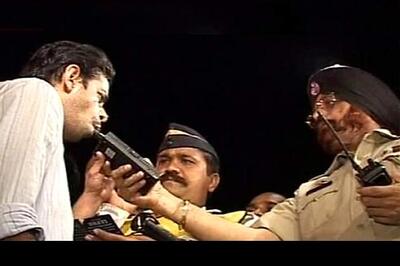
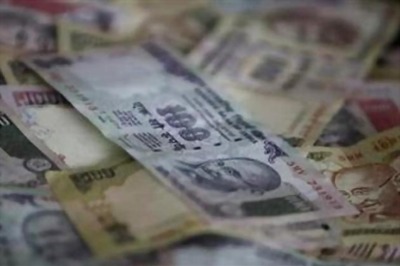
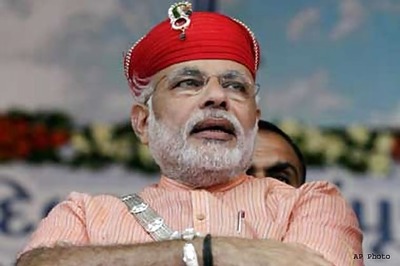
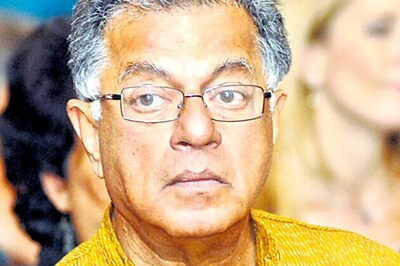
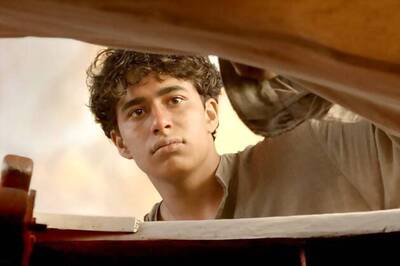
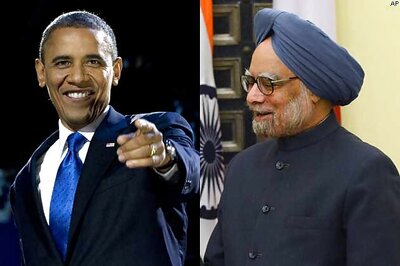

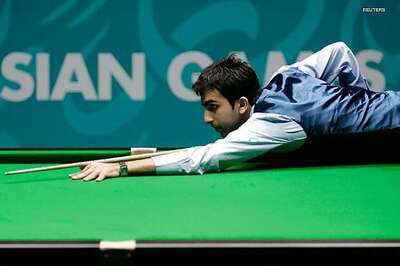
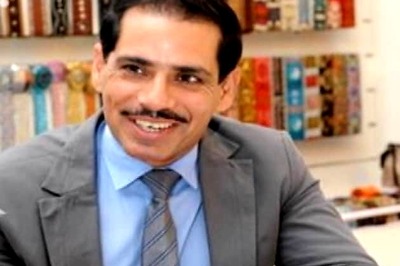
Comments
0 comment